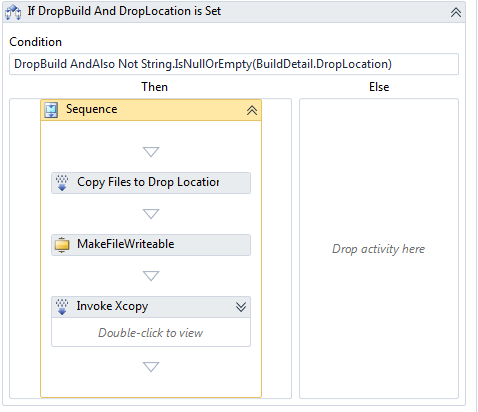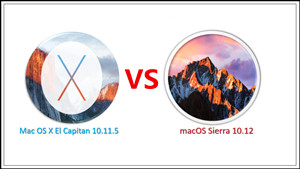
Press and keep Command+R through the whole reboot.Ģ.

Retrieve your data from El Capitan Time machine backupġ. If that happens, finish the installation and then go to the Mac App Store to upgrade to El Capitan. Note: Depending on how old your Mac is, you may download an older version of OS X, possibly the one that originally shipped with your computer. When you see El Capitan installation, just click Continue and then click through the license agreement.ģ. Click on Reinstall OS X in the OS X Utilities selector.Ģ. Now it's time to install the earlier OS X 10.11 back to your Mac.ġ. Reinstall OS X El Capitan 10.11 back on your Mac When the process completes, quit Disk Utility from the dropdown menu in the upper left corner of the screen to go back to the OS X Utilities selector. Choose Mac OS Extended (Journaled) from the list. Click on the Erase tab at the top of the window.ħ. Click on Disk Utility in the OS X Utilities selector.Ħ. Hold down Command+R when you hear the startup chime and keep holding the keys until your computer reboots.Ĥ. Connect your Mac to the Internet via Wi-Fi or Ethernet.ģ. Now the following guide shows you the easiest way to completely remove macOS Sierra from your Mac.ġ. It will take you approximately half an hour before it's completed. Open Terminal and paste this into Terminal window: sudo /Applications/Install\ OS\ X\ El Capitan.app/Contents/Resources/createinstallmedia -volume /Volumes/Untitled -applicationpath /Applications/Install\ OS\ X\ El Capitan.app -nointeraction.

Download El Capitan installer file from the Mac App Store and put it into the Applications folder.ģ. Find an external drive (a thumb drive will do) with at least 8GB of storage space.Ģ. The following steps will show you how to create such a bootable EI Capitan installer drive.ġ. For this purpose you'll need a bootable flash drive (USB) with El Capitan on it.

Create a bootable drive of OS X El Capitanīefore you erase macOS Sierra from your computer, you need to download OS X El Capitan from the Mac App Store. * To begin with, make sure you have a Time Machine backup for all your files so that you can restore all your data by the end of the reinstallation process from Settings -> Time Machine. * You can't run the El Capitan installer within macOS Sierra, because the Mac always wants to have the latest version of macOS. * You can't boot your Mac into Recovery mode and revert to El Capitan because this method can only be used for reinstalling the system that's currently on the Mac, which in this case is Mac OS Sierra. Before you start, pay attention to those IMPORTANT notes:


 0 kommentar(er)
0 kommentar(er)
